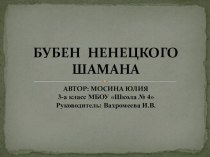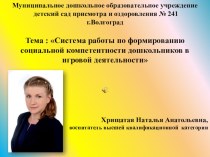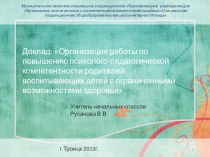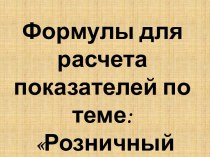Transport
The country's three main international
airports at Dublin, Shannon and Cork serve many European and intercontinental routes with scheduled and chartered flights. The London and Dublin route is the busiest international air route in Europe, with 4.5 million people flying between the two cities in 2006. Aer Lingus is the flag carrier of Ireland, although Ryanair is the country's largest airline. Ryanair is Europe's largest low-cost carrier, the 2nd-largest in terms of passenger numbers, and the world's largest in terms of international passenger numbers.
Railway services are provided by Iarnród Éireann, which operates all internal intercity, commuter and freight railway services in the country. Dublin is the centre of the network with two main stations, Heuston station and Connolly station, linking to the country's cities and main towns. The Enterprise service, which runs jointly with Northern Ireland Railways, connects Dublin and Belfast. Dublin has a steadily improving public transport network including the DART, Luas, Dublin Bus, and dublinbikes.
Motorways, national primary roads and national secondary roads are managed by the National Roads Authority, while regional roads and local roads are managed by the local authorities in each of their respective areas. The road network is primarily focused on the capital, but motorways have been extended to other cities as part of the Transport 21 capital investment programme, as a result motorways have been completed between Dublin and a number of other major Irish cities including Cork, Limerick and Galway.
InterCity train at Heuston station




































